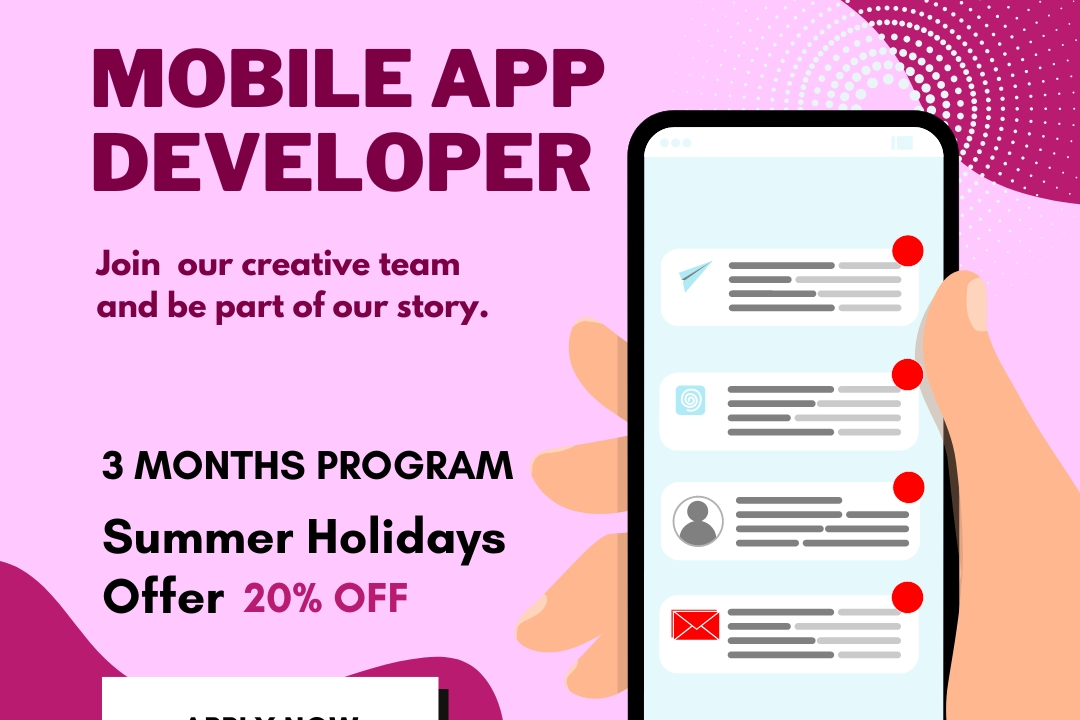iOS App Feature Prioritization
Optimizing Feature Prioritization for iOS Apps
iOS App Feature Prioritization
iOS app feature prioritization is a strategic process that involves assessing and organizing potential features based on their value, feasibility, and alignment with user needs and business goals. This prioritization typically utilizes frameworks like the MoSCoW method (Must have, Should have, Could have, Won’t have), the Value vs. Effort matrix, or scoring systems that consider factors such as user impact, technical complexity, market demand, and competitive analysis. By carefully prioritizing features, development teams can focus their resources on delivering the most impactful functionalities first, ensuring that the app meets user expectations, enhances engagement, and drives overall success in a competitive market. This iterative approach allows for continuous improvement and adaptation based on user feedback and changing market conditions.
To Download Our Brochure: https://www.justacademy.co/download-brochure-for-free
Message us for more information: +91 9987184296
1 - User Needs Assessment: Start by identifying what your target users truly need. Conduct surveys, interviews, and user testing to gather insights on their preferences and pain points.
2) Market Research: Analyze competitors’ apps to determine which features are popular and how your app can stand out. This can help in identifying essential features that users expect.
3) Impact vs. Effort Matrix: Use this matrix to categorize features based on the potential impact on user satisfaction and the effort required to implement them. Prioritize features that offer high impact with low effort.
4) Critical Features: Identify the core features that are essential for the app’s primary function. These should be non negotiable and need to be prioritized in the initial development phase.
5) Technical Feasibility: Assess the technical resources and capabilities available. Features requiring significant resources may be deprioritized in favor of those that can be implemented more easily.
6) Business Goals Alignment: Ensure that the prioritized features align with the overarching business objectives. Features that drive revenue or user acquisition should take precedence.
7) User Journey Mapping: Create a user journey map to understand how users will interact with different features. Prioritize those that enhance key moments in their experience.
8) Feedback Loops: Establish mechanisms for ongoing user feedback after initial launch. This can guide future feature prioritization based on real user experiences.
9) Scalability Considerations: Consider whether a feature is scalable. Features that can grow with the app’s user base should be prioritized to avoid costly rewrites later.
10) Retention vs. Acquisition Features: Differentiate between features aimed at acquiring new users and those designed to retain existing ones. A balanced approach is important for long term success.
11) Regulatory Compliance: In certain sectors (like healthcare or finance), features related to compliance must be prioritized to avoid legal issues.
12) Monetization Strategies: Prioritize features that will enhance monetization, such as in app purchases, subscriptions, or ad placements, ensuring they align with user experience.
13) A/B Testing: For certain features, utilize A/B testing to determine which variations perform better with users before deciding on full implementation.
14) Stakeholder Input: Involve key stakeholders (like marketers, investors, and developers) in the prioritization process to gain diverse perspectives and insights.
15) Time to Market Considerations: Assess how quickly features can be developed and launched. Features that can be delivered faster may help gain market traction sooner.
16) Long term Vision: Consider how features fit into the long term vision of the app. Prioritize features that align with future goals and roadmap milestones.
17) User Accessibility: Prioritize features that improve accessibility, ensuring that the app is usable for a wider audience, including those with disabilities.
Each of these points helps lay the groundwork for an effective strategy in prioritizing app features, which is essential for successful iOS app development.
Browse our course links : https://www.justacademy.co/all-courses
To Join our FREE DEMO Session: Click Here
Contact Us for more info:
data analytics bangalore
mern alternatives
Flutter Coding Methodologies for Non-Profits
Top 10 Java Training Institute in Chennai
Software Training Institutes In Hyderabad With Placements











